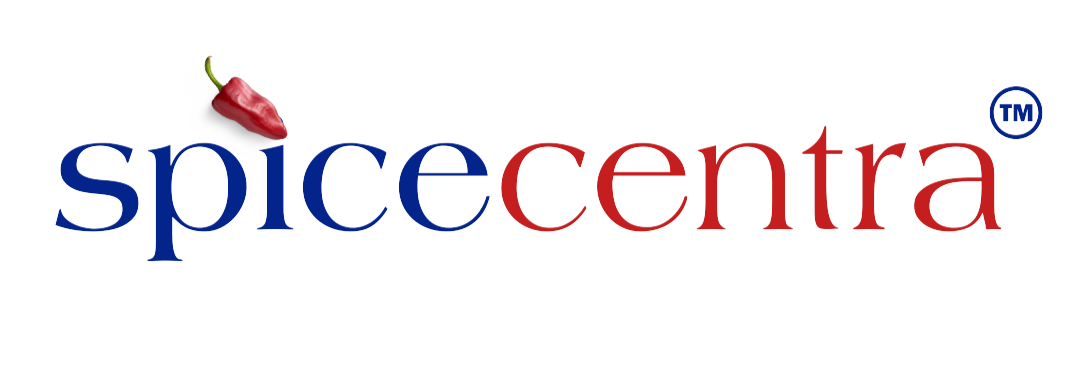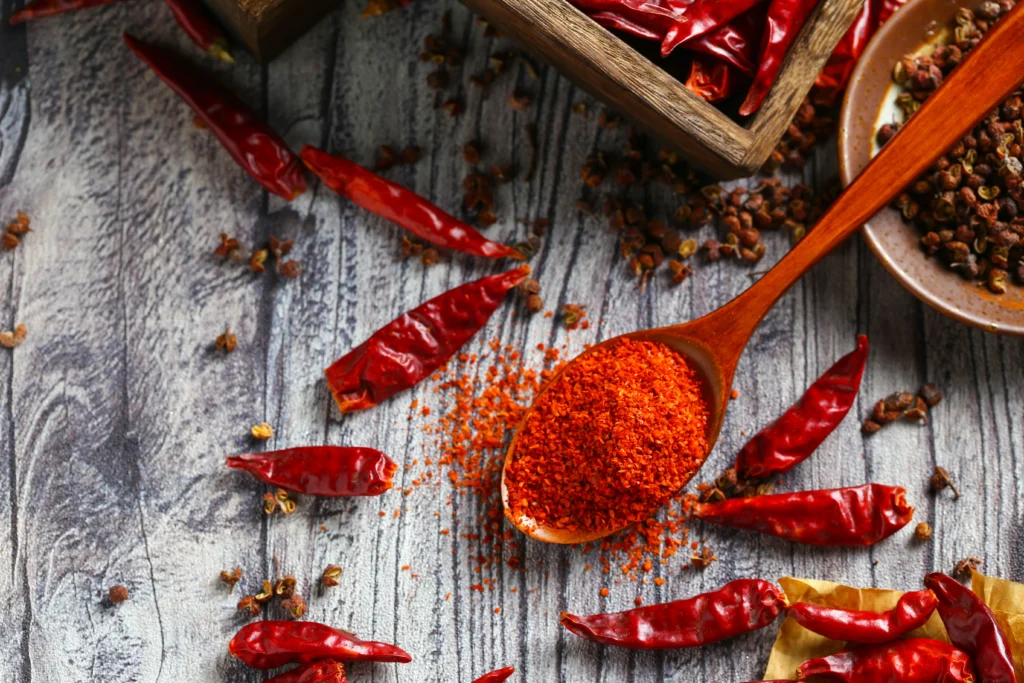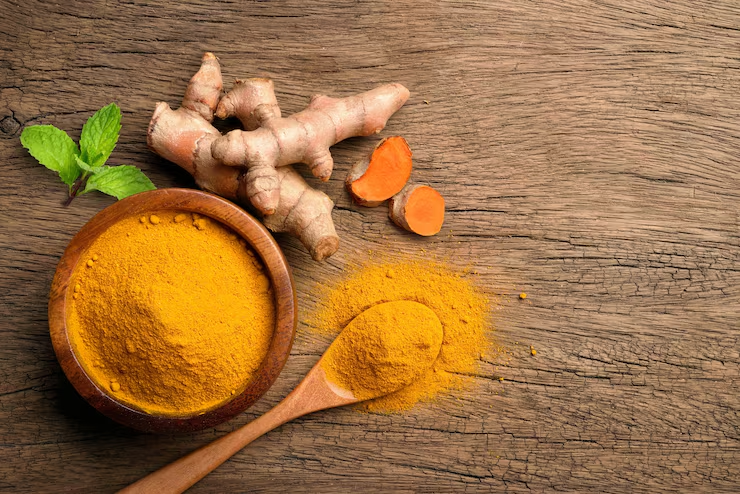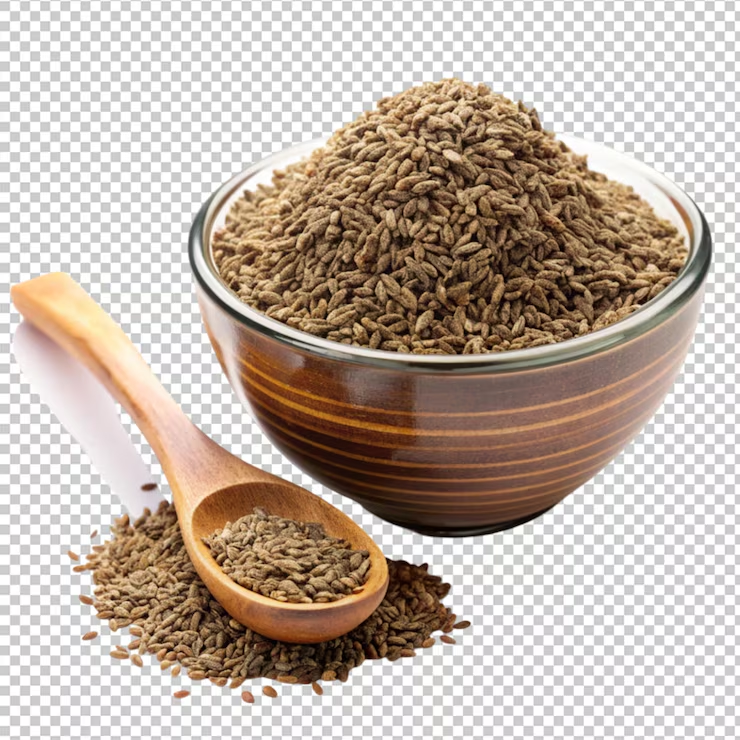The Indian market is flooded with brands that claim to supply the best chili powder, adding the best color and flavor. Look at the bigger picture! What do they contribute to help India rank among the best chili powder suppliers in the global market? Weather conditions play a crucial role, and here we examine this factor concerning the quality of the ultimate product.
Look at the bigger picture! What do they contribute to help India rank among the best chili powder suppliers in the global market?
Role of Climate in Chile Production
The quality of the red chilies harvested determines the superiority of the chili powder produced. As per a research paper on “Climatic Conditions and Its Effect on Chili Production,” red chilies are best cultivated in warm and humid climates. They do not require heavy rain or humidity. Considering the landscape of India, Andhra Pradesh is the largest producer of red chili, This makes Andhra Pradesh not only the “Chili Bowl of India” but also a hub for the largest producer of chili in India, shaping the supply chain for domestic and export markets. followed by Telangana and Madhya Pradesh. Andhra Pradesh, rightly called the “Chili Bowl of India,” hosts the largest number of chili powder suppliers too.
Once harvested, a series of steps are followed to convert the red chilies into the most flavorful chili powder. Red chili powder is prepared by the following method:
- Drying in direct sun or oven.
- Cleaning of stems of chilies.
- Grinding dried chilies through traditional or modern techniques.
- Storing in airtight containers away from direct sunlight.
For international buyers, it’s equally important to consider the use of chili powder suppliers who follow strict hygiene and export-ready standards.
Missing any of the mentioned steps can make the whole process a complete failure for the chili powder suppliers. Even slight moisture can ruin the taste and shelf life of the condiment. Every chili powder supplier should choose organic and premium-quality chili powder, just like Spice Centra.
Struggles of Chili Powder Suppliers
It is not easy to maintain national and international quality standards for chili powder suppliers. A few of the primary causes of concern are mentioned as below:
- Adulterated product
- Black marketing
- Pricing dynamics
- Erratic weather conditions
- Crop failures and diseases
- Storage issues
Indian chili powder suppliers can continue to dominate the market and strengthen it further. However, climate plays an essential role in the process, and suppliers need to address other concerns as well.
Despite challenges like adulteration and price fluctuations, India continues to offer diverse varieties. Importers often compare different chili powders suppliers to ensure consistency in color, heat, and flavor before sourcing.
FAQs
Q1: Who is a chili powder supplier?
A chili powder supplier sources, processes, and delivers ground chili in bulk or packaged form to retailers, food manufacturers, and exporters.
Q2: What is the use of a chili powder exporter?
The use of chili powder exporter is to distribute high-quality chili powder from producing countries like India to global markets, ensuring consistency in quality and timely delivery.
Q3: What does the use of chili powder exporters mean for global trade?
The use of chili powder exporters ensures a consistent global supply of chili powder, meeting culinary and industrial needs across countries.
Q4: Why consider using chili powder suppliers?
Use of chili powder suppliers is important for sourcing fresh, hygienically processed chili powder suited for cooking, seasoning, and food processing.
Q5: How do different chili powder suppliers meet market demand?
Different chili powders suppliers meet demand by offering a wide range—from mild Kashmiri to fiery Guntur varieties—catering to regional taste preferences and international product requirements.
Q6: What should buyers expect from chili powder suppliers?
Chili powder suppliers provide quality certification, bulk packaging options, and timely delivery for domestic and international orders.
Q7. What are the different types of chili powder manufacturers in India?
The different types of chili powder manufacturers in India include bulk producers catering to wholesalers, certified organic manufacturers for premium health markets, and private-label manufacturers who supply customized blends and packaging for global brands.
Q8. Who are the different chili powders manufacturers catering to export markets?
Different chili powders manufacturers in India serve export markets by producing varieties like Kashmiri (low heat, high color), Guntur (very hot), Byadgi (medium heat, smoky flavor), and Nandurbar (balanced pungency). Each manufacturer focuses on consistent supply and international food safety compliance.
Q9. What is hot chili powder (export quality)?
Hot chili powder (export quality) refers to premium high-pungency chili powders, such as Guntur or Teja varieties, that are processed with strict quality checks, standardized Scoville Heat Units (SHU), and moisture control to meet international export requirements.
Q10. What are the different types of chili powder suppliers available?
The different types of chili powder suppliers include domestic suppliers for local food processing, export-oriented suppliers specializing in bulk shipments, organic suppliers for health-focused markets, and specialized suppliers offering value-added products like chili flakes and powders with custom blends.
Q11. Who is a red capsicum powder exporter?
A red capsicum powder exporter sources ripe red capsicum, processes it into fine powder, and ships it globally for use in seasonings, sauces, and food coloring. Exporters ensure that capsicum powder meets international standards for color value, safety, and shelf stability.
Q12. How do exporters maintain quality standards for red chili products?
Exporters maintain quality standards for red chili products through stringent sourcing, hygienic processing, advanced drying techniques, and lab testing for moisture, pesticide, and aflatoxin levels. Many follow certifications like ISO, HACCP, and FSSAI to ensure their red chili products meet international regulations.




